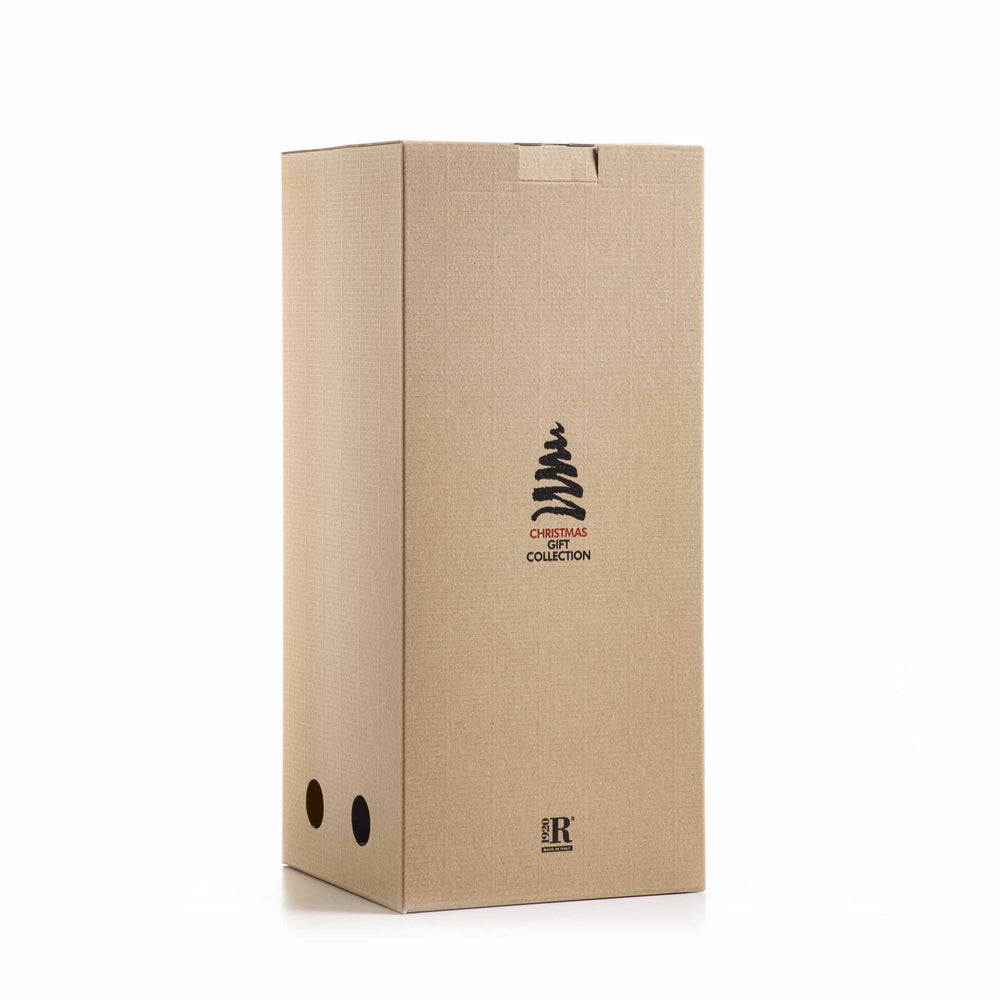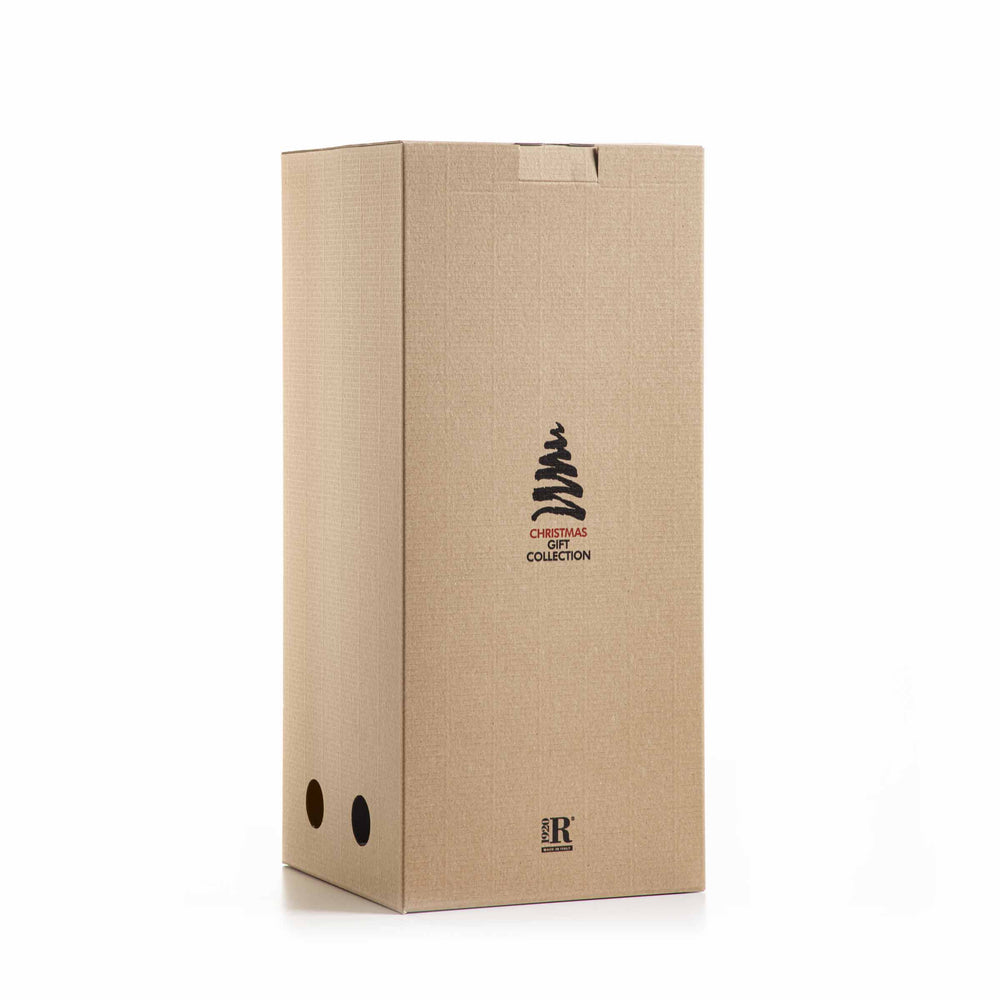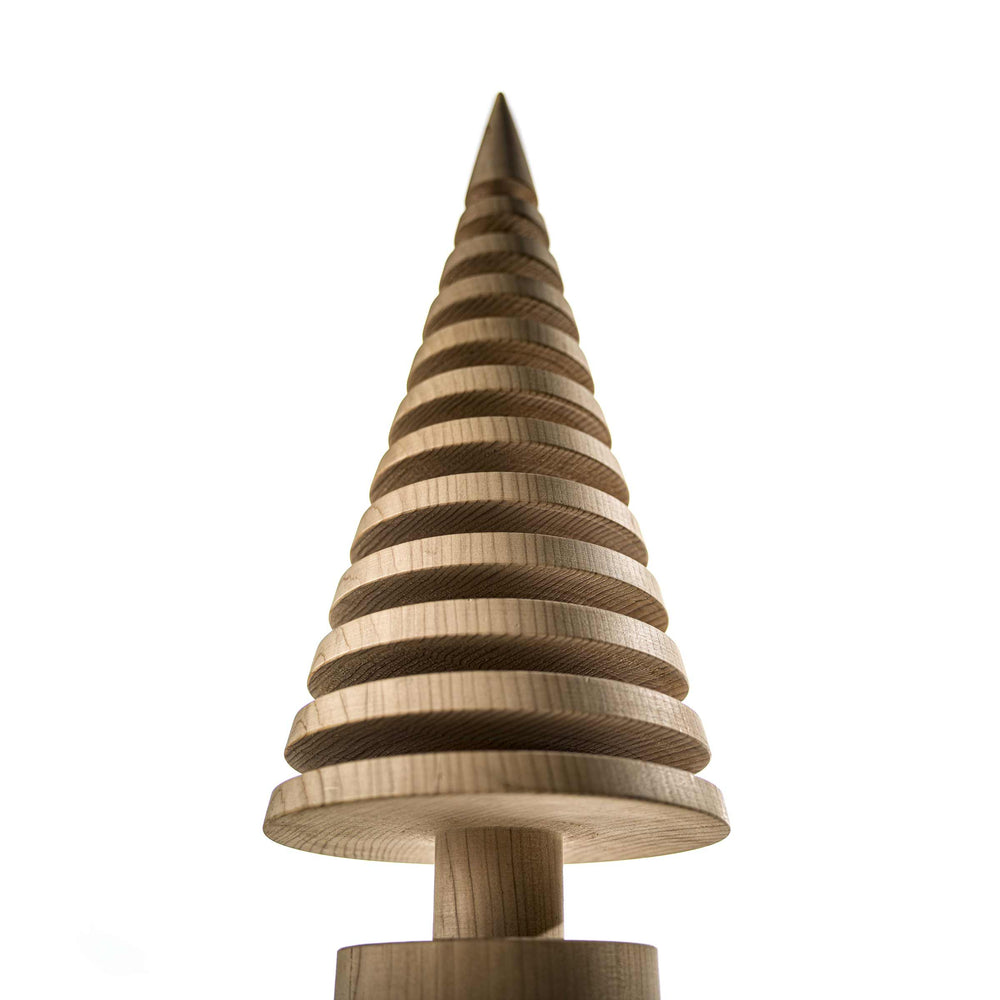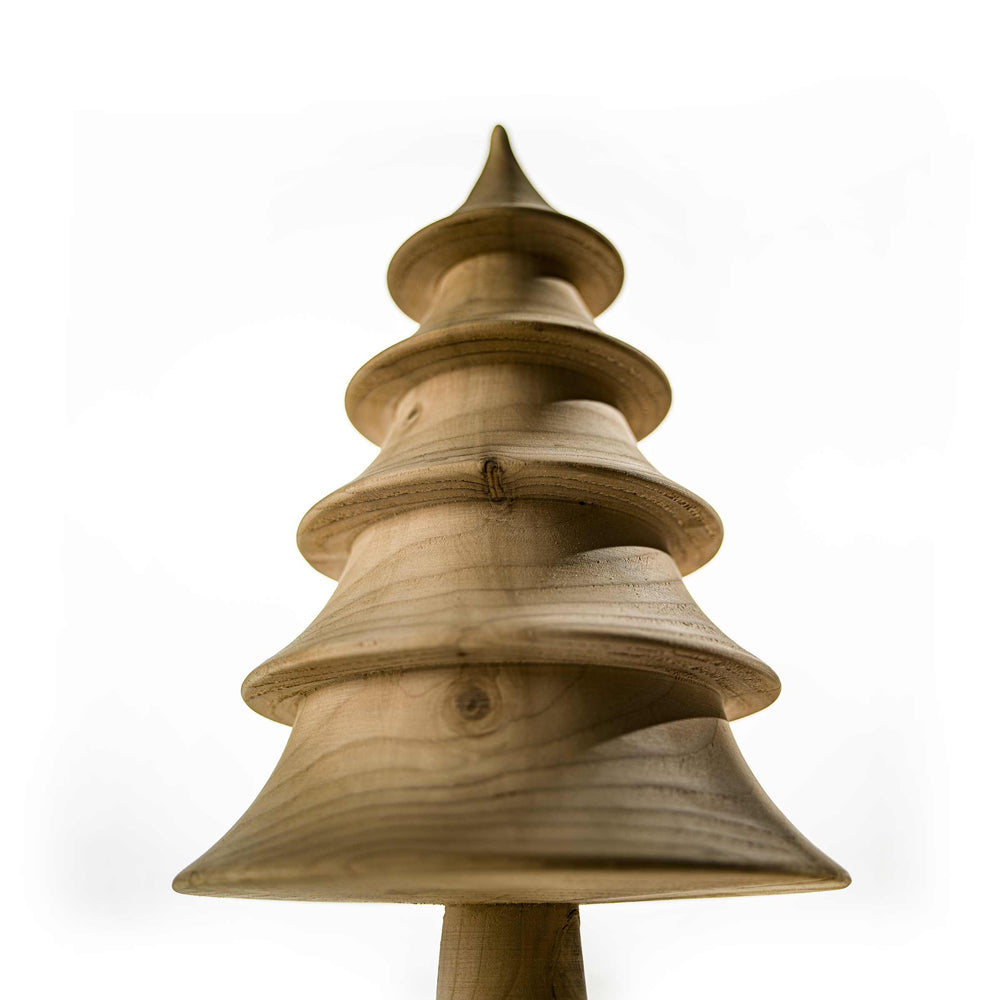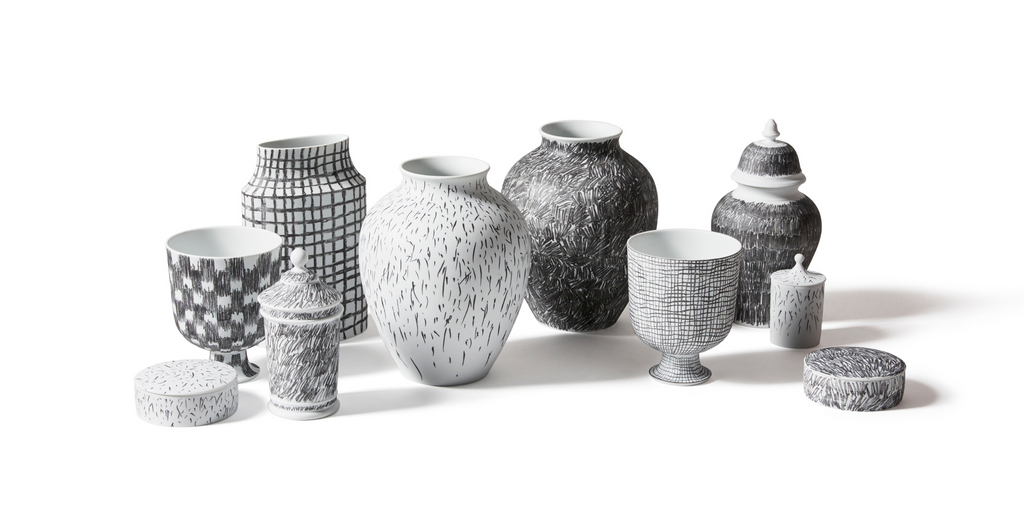Wood and Cardboard Sustainable Christmas Trees
View allInterview with Cassina CEO Luca Fuso
The MAG - 02.23
The Future of Cassina: Iconic Italian Design Brand
By Cristina Morozzi
CM:
To learn more about where Cassina is headed in the near future, I wanted to focus on certain contemporary keywords, starting with “sustainability”, the theme of a meeting on July 12, 2022 at the company’s Milan showroom at Via Durini.
LF:
The company has been very committed to this topic since 2019, through Cassina LAB, which was created with the Polytechnic University of Milan’s POLI.design. New padding and natural upholstery fabrics have been studied to promote the use of new “circular” materials in furniture production. Focus has been on facilitated disassembly, limitation of waste, and durability of products, not only for new products but also existing ones in the collection. Offering a more sustainable approach is a priority for us.
CM:
“Empathy” was the theme of a round table at the Tech.Emotion summit, with the attendance of philosopher Emanuele Coccia, author of Filosofia della casa, lo spazio domestico e la felicità (Philosophy of the Home, Domestic Space and Happiness) (Einaudi, Turin, 2021) and Il bene nelle cose (The Good in Things) (Il Mulino, Bologna, 2014).
LF:
Empathy is difficult to measure. We try to make our products as functional as possible, and emphasize their belonging to the concept of home. For over three years, our showcases and displays have offered products from various designers from different historical periods, all arranged in such a way as to say something about the concept of “home”. We’re pursuing this approach and philosophy with The Cassina Perspective.
In his essay Giustizia e bellezza (Justice and Beauty) (Bollati Boringhieri, Turin), psychoanalyst Luigi Zoja, on the basis of Greek philosophy, suggests re-evaluating beauty.
LF:
Beauty plays an important role in our collection, especially in artistic pieces like Giacomo Balla’s privacy screen, Franco Albini’s crystal radio, Gaetano Pesce’s room divider, or the recent Post Scriptum collection of unique porcelain objects, in collaboration with Ginori 1735, created by FormaFantasma. They’re hand-painted, and special chalks are used that make each pattern unique.
Our catalog includes pieces created by designers and architects from different time periods and with different approaches to projects. We’re currently focused on changing the perception of “home” by giving more space to decor. Our collections are the result of constant experimentation in order to capture the historic spirit, contaminating innovation with memory, and involving classic designers and new generations. Our goal is to unite tradition with new ideas, and iconic pieces with brand-new ones. The Cassina Perspective project was created to position reissues within a contemporary notion of furnishings.
CM:
What role does color play?
LF:
We started reintroducing color in 2019. We want to get rid of the monotony of grays and beiges. Color is another way of personalizing things. For example, Antonio Citterio chose bold and bright hues for his new designs.
CM:
What can you tell us about the company’s plans for the near future?
LF:
We’re continuing along as we have been, with consistency and continuity, qualities that pay off in the end, and valuing our heritage which has been built over time thanks to the contribution of important designers like Franco Albini, Vico Magistretti, Gaetano Pesce, Antonio Citterio and Patricia Urquiola. We’re combining different approaches and ways of expression and promoting key values.




